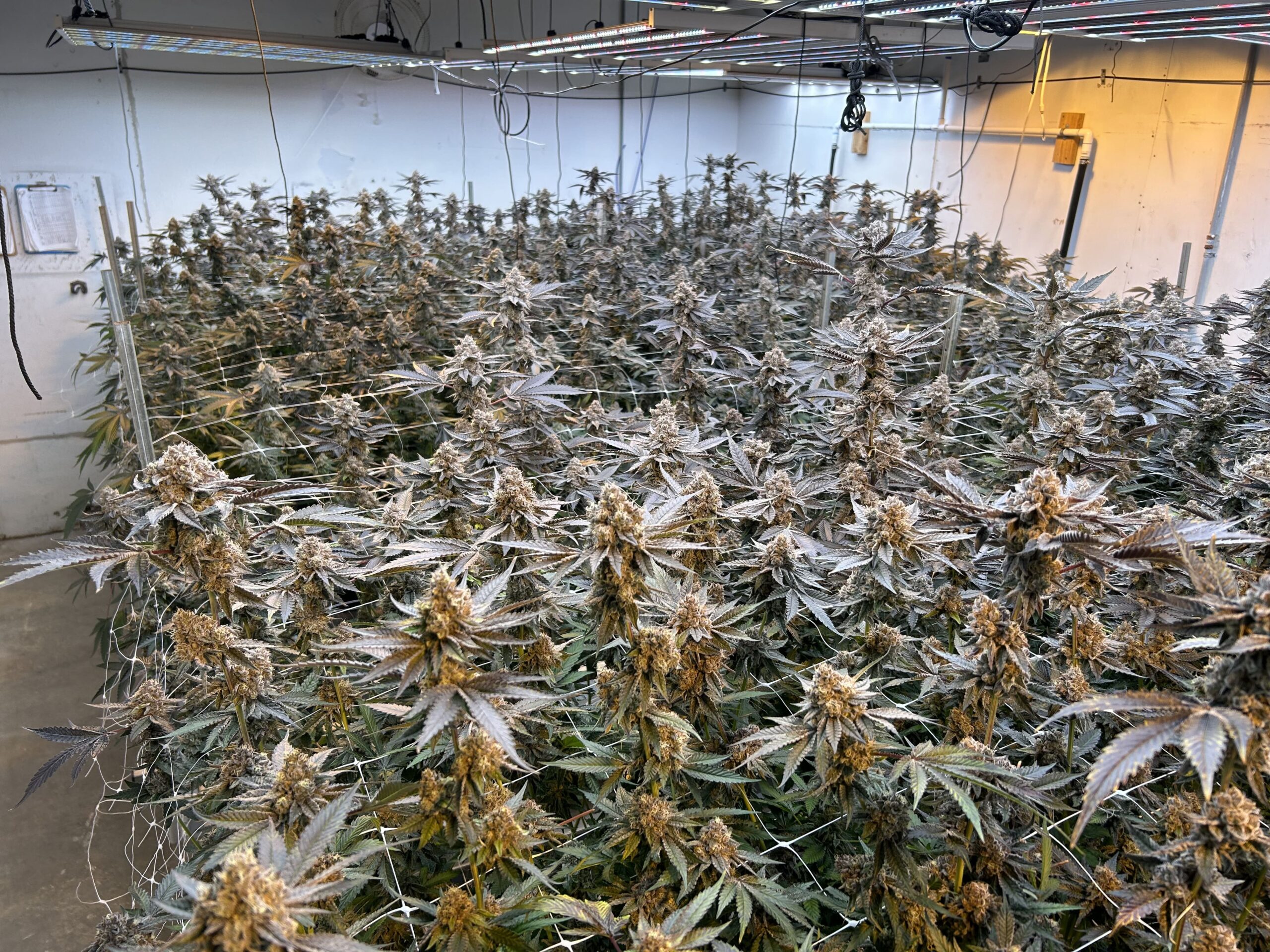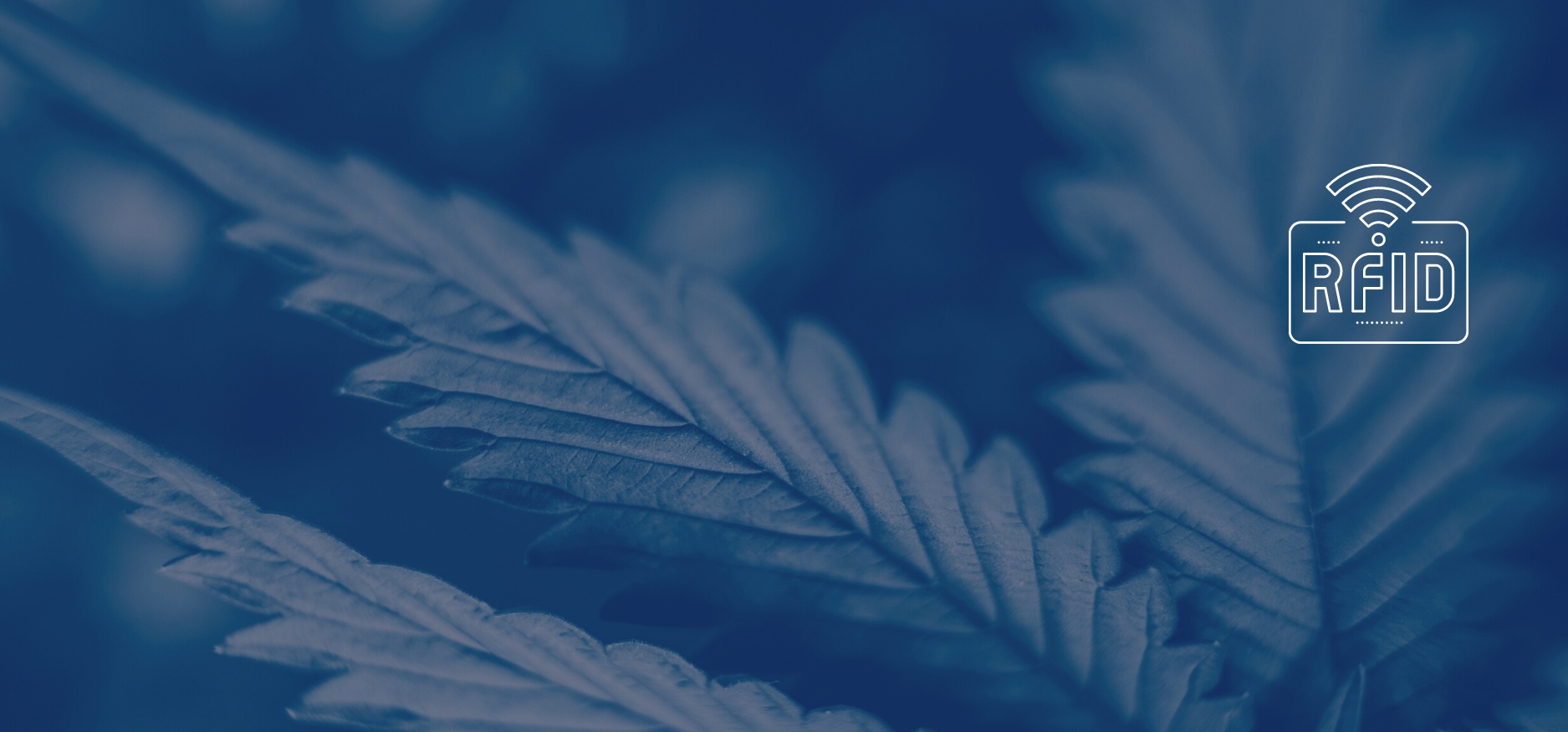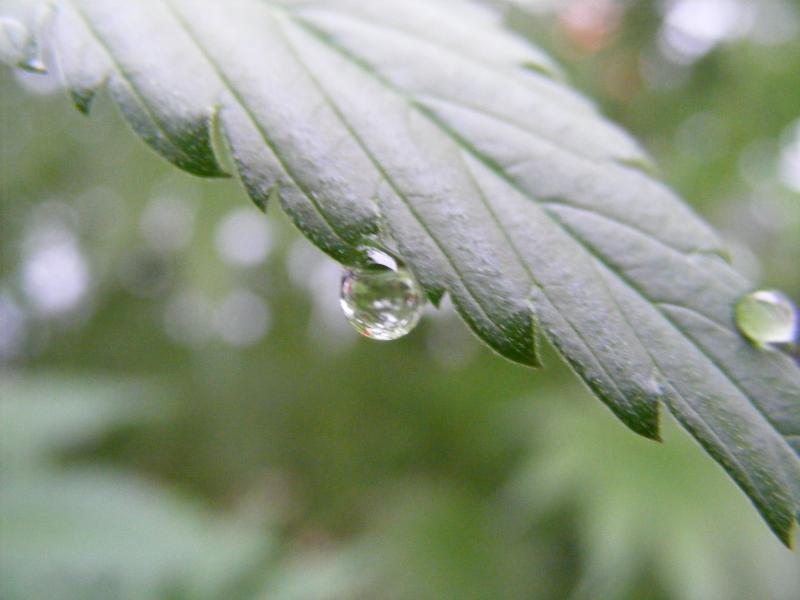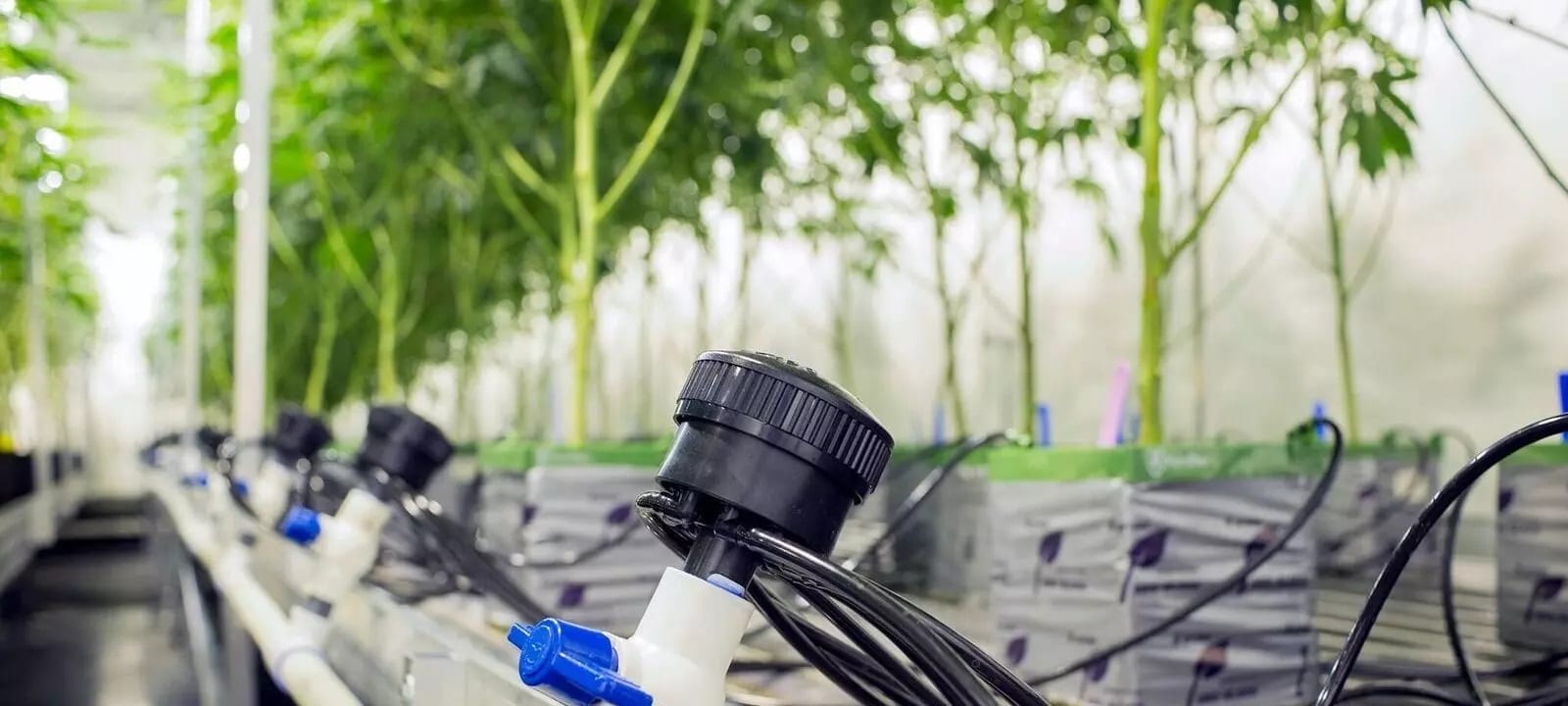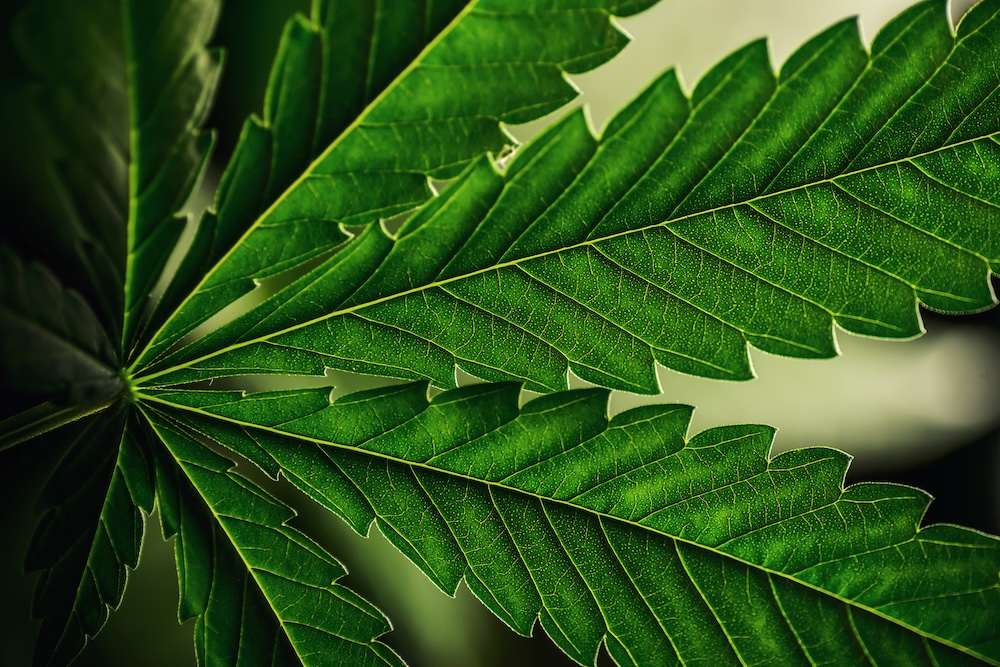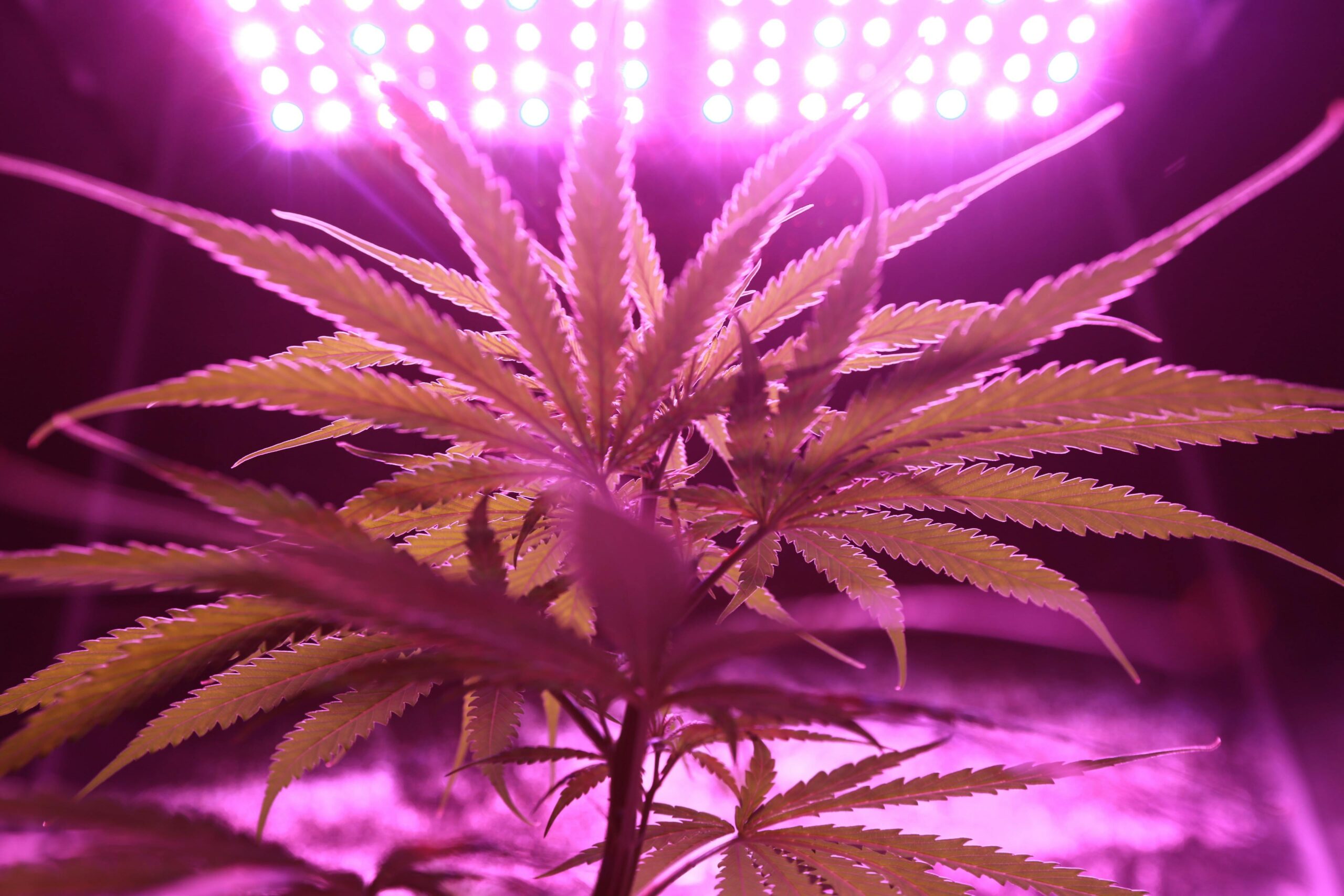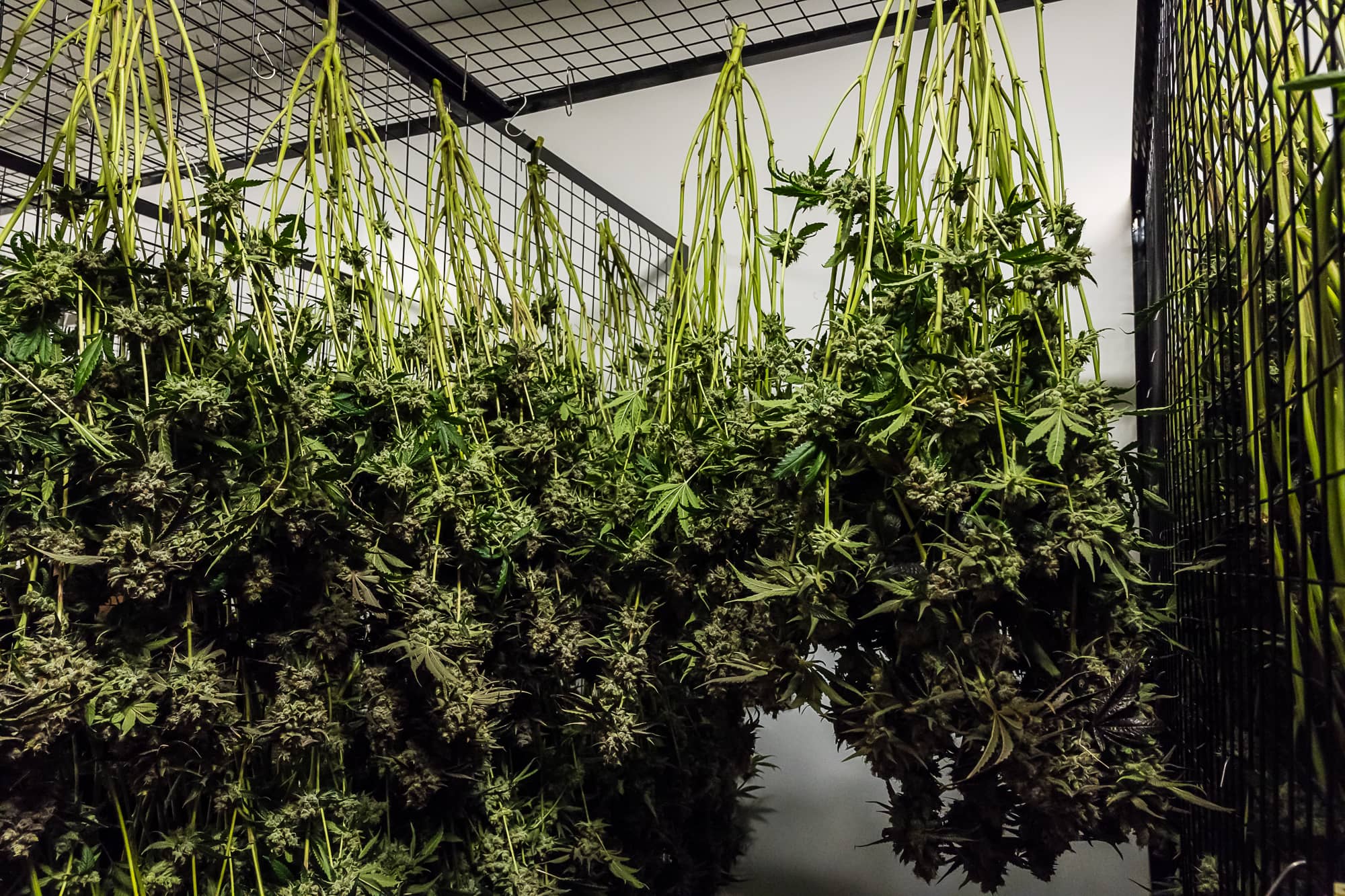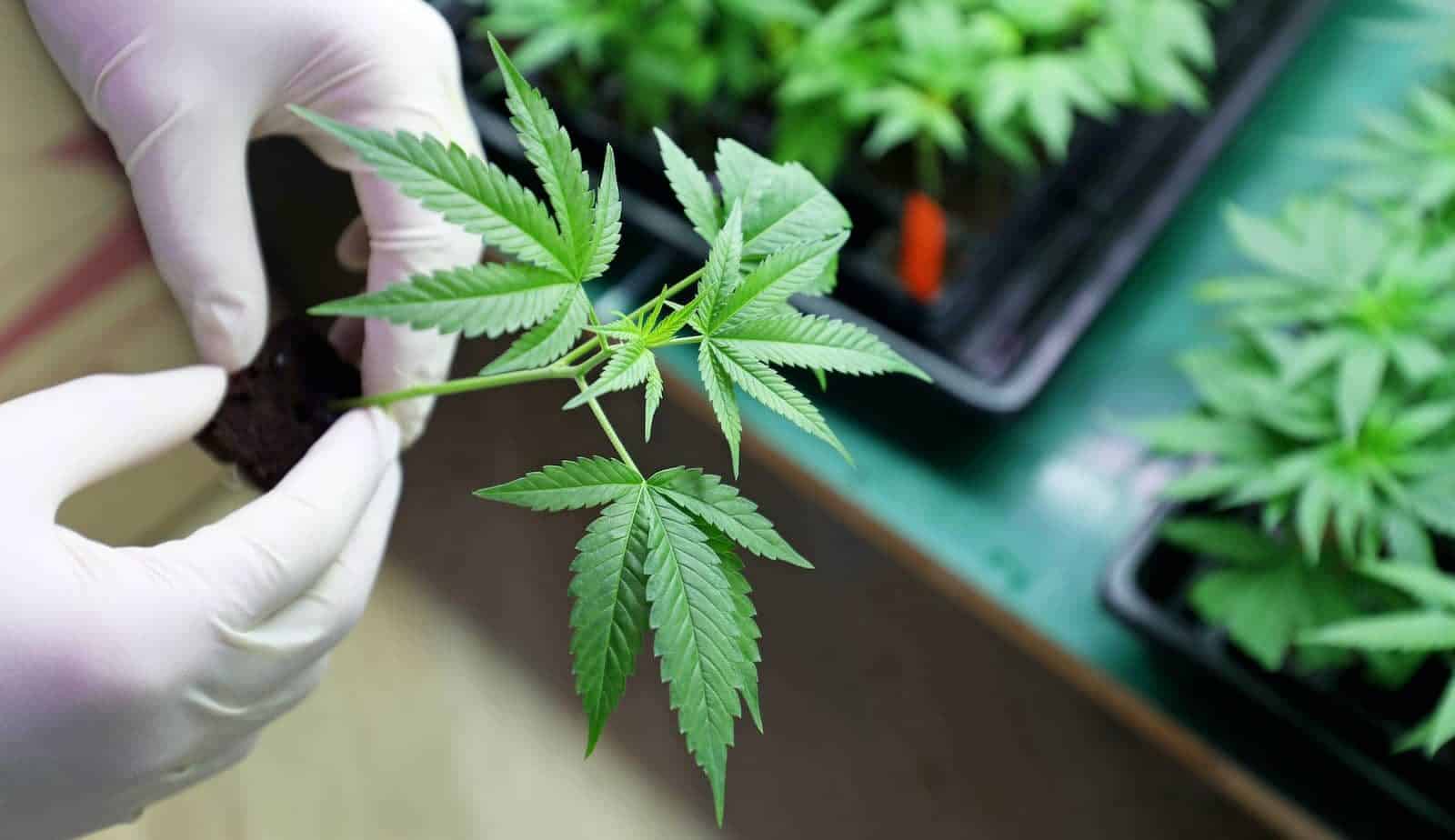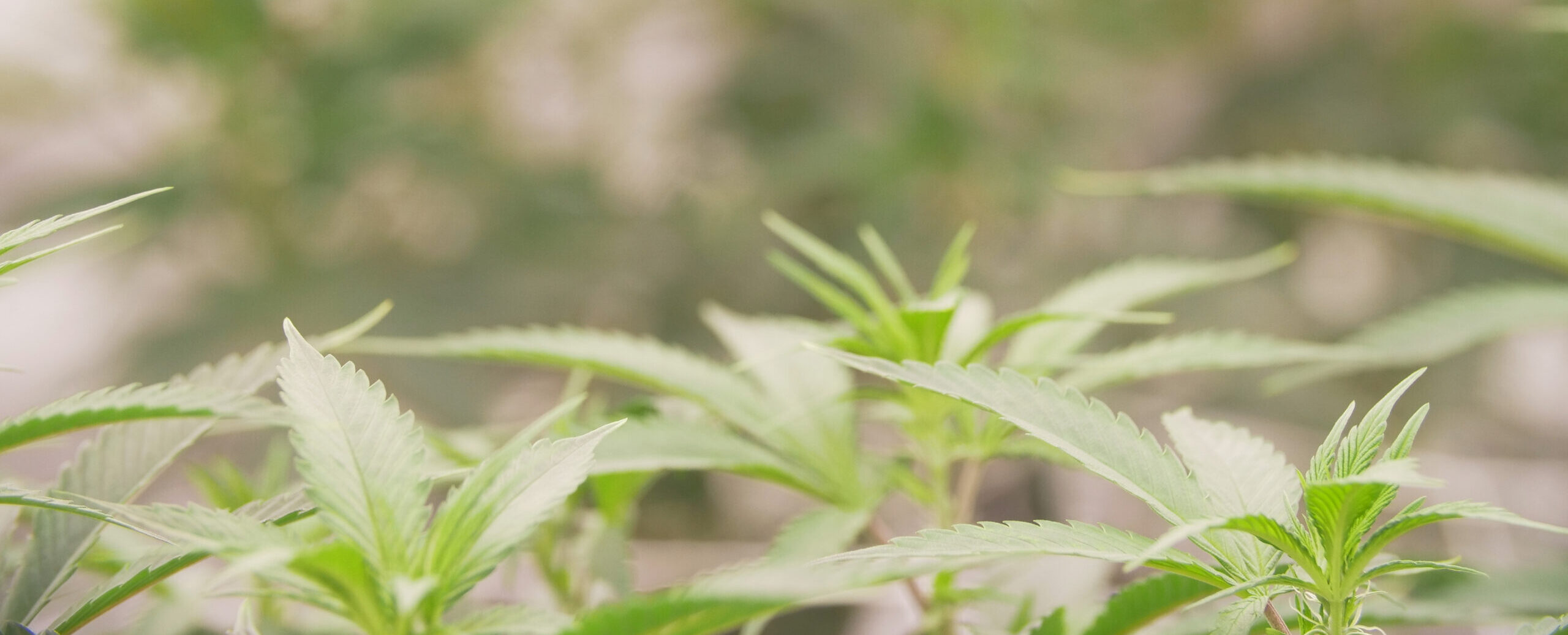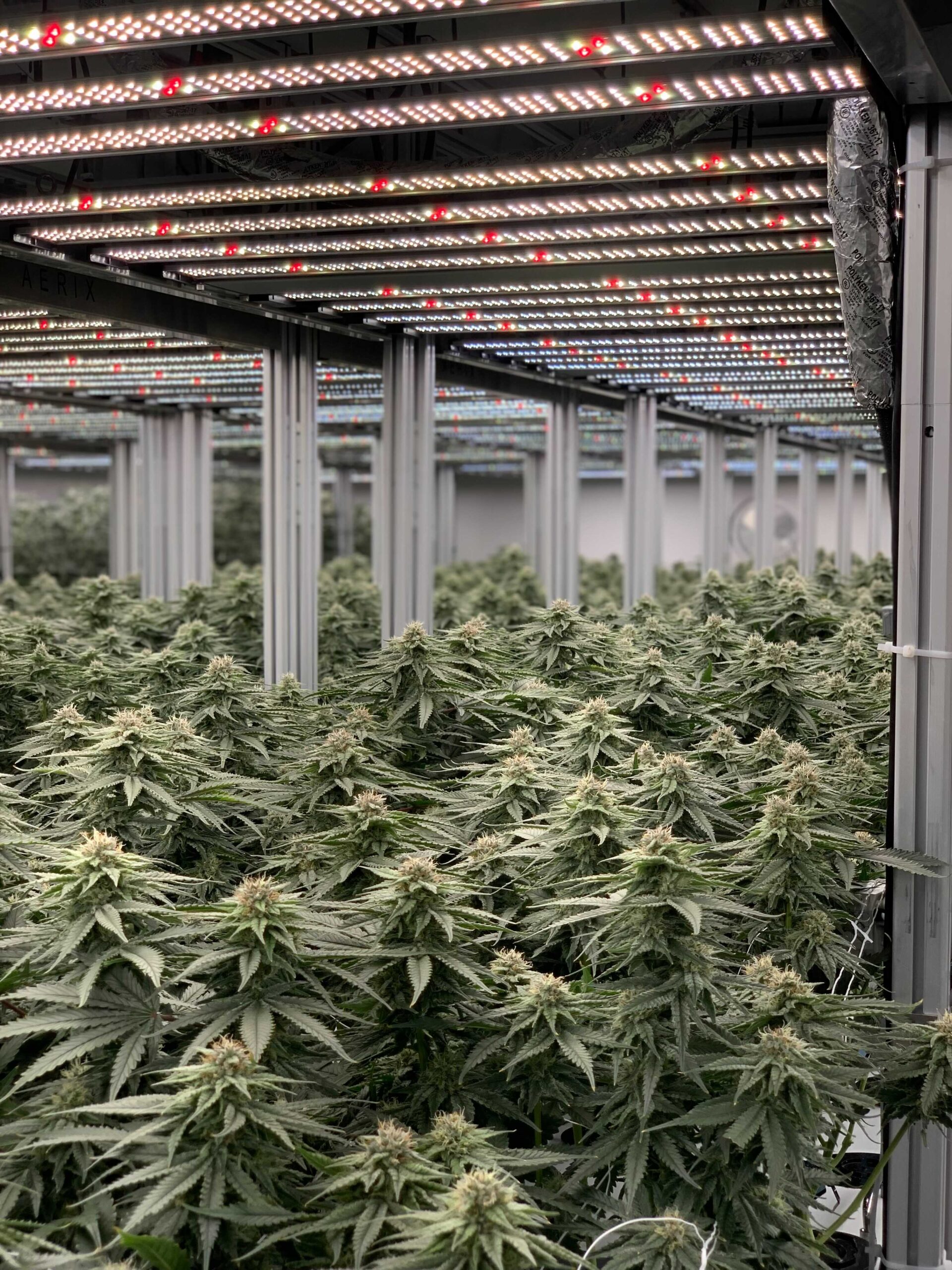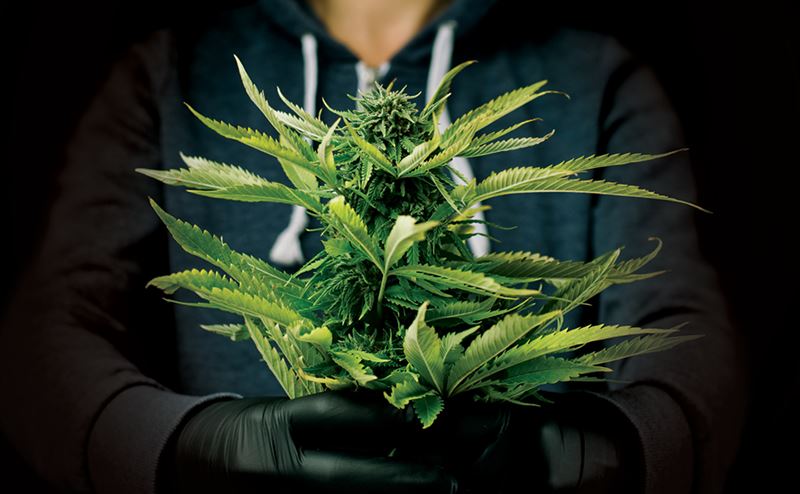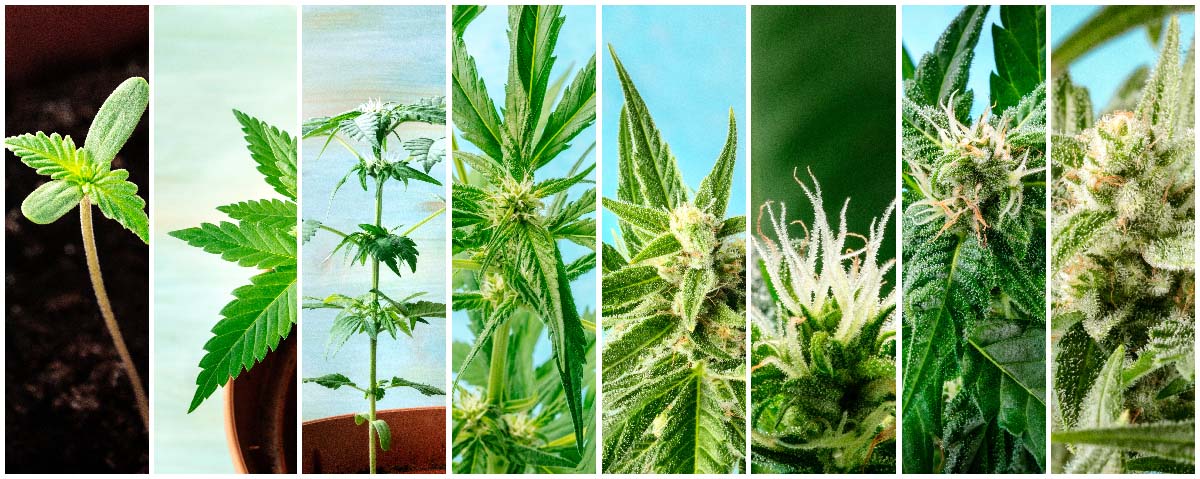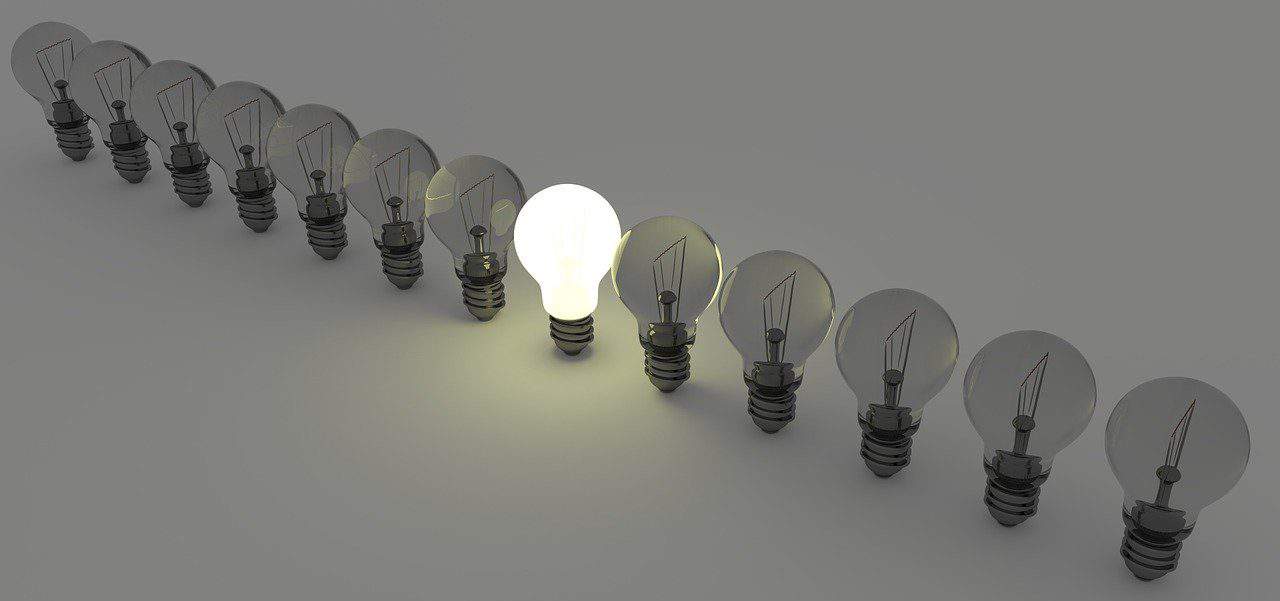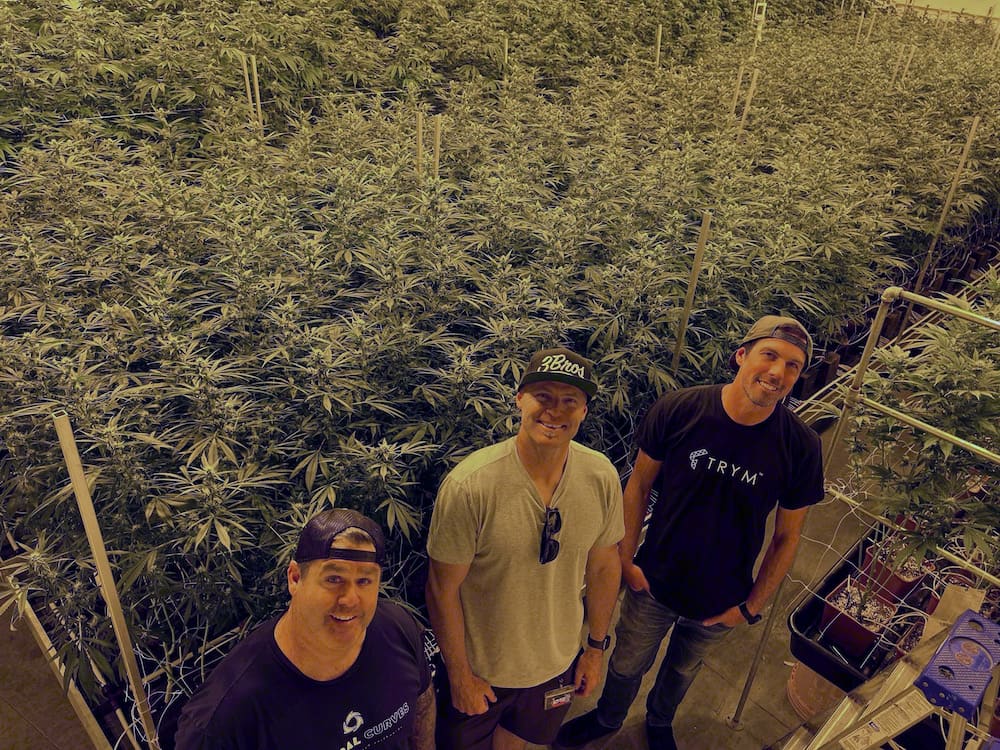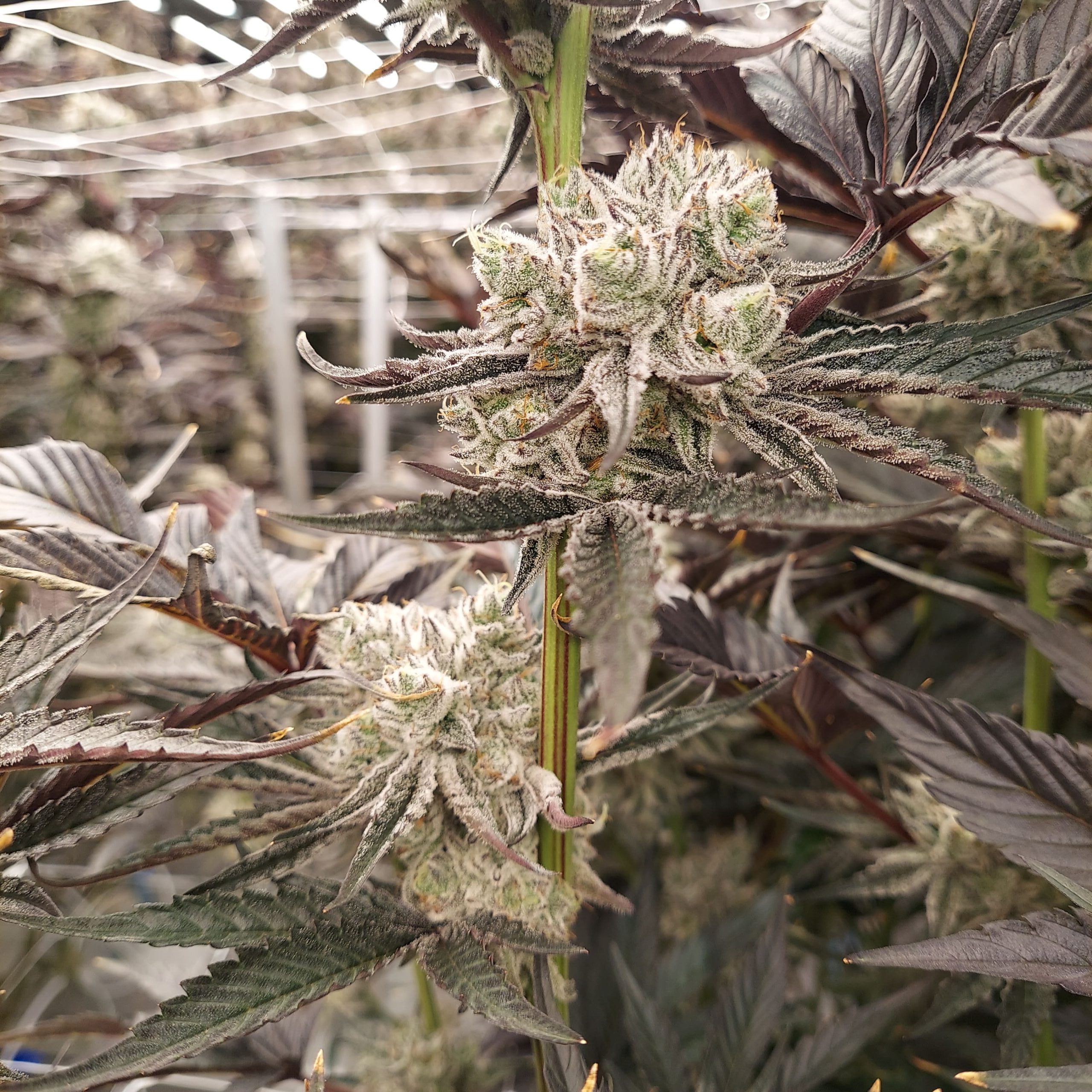Introduction
Cannabis cultivation has evolved significantly in recent years. Growers are investing in and adopting new technologies to improve yield, efficiency, and quality. From environmental sensors that monitor climate conditions to irrigation systems that automate water and nutrient delivery, the right sensors and hardware can make a significant difference in the success of a commercial cannabis grow operation.
In this comprehensive guide, we’ll review the categories of hardware, their benefits and the most popular brands and products in each category that are used in commercial cannabis cultivation facilities.
Whether you’re a seasoned cultivator looking to start crop steering, upgrade your grow room or are a newcomer to the industry, this guide will provide actionable insights into how technology can help you in your role.
Environmental Sensors for Cannabis Growers: Climate and Root Zone
Environmental sensors communicate data about the growing environment and are essential for precision-focused cannabis cultivation in controlled facilities.
Climate sensors measure variables like temperature, humidity, CO2, and light levels and root zone sensors measure moisture content or WC (water content), EC (electrical conductivity), and substrate temperature. Adjusting the climate can help maintain an optimal VPD (Vapor Pressure Deficit) range, which is critical to the plants’ abilities for transpiration and nutrient uptake.
Proper VPD also enables cannabis plants to regulate CO2 consumption and prevent condensation. Check out our article on using a VPD calculator and chart. Monitoring the root zone, on the other hand, lets you know how your plants are absorbing nutrients and helps you dial in your irrigation strategy. Maintaining a consistent environment is key to optimal cannabis growth and output. But detection of all critical levels is the first step.
Download our crop steering guide to access the knowledge base and learn more about crop steering techniques and strategies.
What are the benefits of cannabis cultivation sensors?
Implementing environmental sensors can help greenhouse and indoor growers achieve a more consistent and predictable growing environment. By optimizing the environmental conditions, cultivators can increase cannabis production, improve quality, boost efficiency, and reduce energy costs.
For example, by monitoring and controlling temperature and relative humidity levels, growers can prevent mold and other plant diseases from developing. By monitoring and controlling CO2 levels, growers can enhance plant growth and increase yields.
Root zone sensors (or substrate sensors) are essential tools for monitoring the water content (WC) and nutrient levels of the growing media. Cannabis cultivation sensors provide growers with precise readings of the substrate or soil moisture, temperature, and electrical conductivity (EC) levels in their grow room. By monitoring the readings, growers can adjust irrigation and nutrient delivery in pursuit of higher yields and quality. For a deep dive into EC, check out our Advanced Guide to EC.
There are several benefits to using root zone sensors in commercial cannabis cultivation.
- They can prevent overwatering or underwatering, which can lead to a range of problems such as stress, nutrient deficiencies, root rot, mold, pests, and reduced potency.
- They can save water and energy by delivering the right amount of water at the right time.
- Thirdly, cannabis cultivation sensors provide real-time data on plants in different zones or grow areas in a large-scale facility. Growers monitoring their data can in turn adjust their irrigation practices as needed.
Environmental sensor and controller brands
TrolMaster’s Hydro-X control system is one of the more affordable options and a single zone controller that’s modular – in that it’s compatible with almost every grow light, HVAC system, dehumidifier and CO2 system.
Their 3-in-1 sensors monitor temperature, humidity and light. The Hydro X-Pro, at a higher price point, is a single room controller that allows connection to 50 sensors and 50 separate control modules. The ability to store and share settings between multiple devices makes it easy to roll out your processes across multiple zones or locations.
TrolMaster’s Aqua-X Water Content Sensor is a 3 pronged sensor designed to measure the water content of the substrate, such as rockwool or soil. Similar to other soil moisture sensors, it is inserted directly into the grow media. The Aqua-X sensor connects to the Aqua-X controller which can control up to 30 irrigation zones.
Meter Group’s Teros 12 root zone sensors are some of the most popular in the cannabis industry. Known for their accuracy and consistency, these substrate moisture sensors use a high-frequency capacitance technique. These sensors measure EC, WC and substrate temperature.
Growlink’s Environmental Sensor Module measures temperature, relative humidity, vapor pressure, CO2 and light sensors and allows you to control your room temperature and humidity independently or synchronized.
Growlink’s TDR soil moisture sensors measure and provide accurate WC and EC readings even when high concentrations of salinity exist in the substrate. Their root zone sensors are hard-wired and connect to the company’s smart irrigation controller to operate irrigation events.
Argus’s Titan Omni-Sensor is an aspirated module for climate monitoring. It measures temperature, humidity, PAR light, and CO2 levels. The system is very robust, built for large-scale horticulture and cannabis growing facilities, with the price to match.
Argus specializes in climate controls and automation for commercial cannabis and horticulture. Argus controllers are adaptable to different cultivation methods, making them customizable for various needs.
Access your data and make smarter decisions with cannabis cultivation sensors
Trym integrates with all of the climate and root zone sensors above for completely flexible data access and centralization. The best hardware with the best cultivation software is an unbeatable pairing to reach your growth goals quickly.
See all of our integration partners.
Some Trym customers use different sensor brands in one grow room or facility. With our integration, they pull all that data together into Trym and manage their team, grow cycles, and compliance tasks all from one place. By combining all the vital data together, growers can see the bigger picture and take steps to make each future harvest better than the last.
Trym’s focus on data, driven by technology innovations, makes it the leading seed to sale software company.
Lighting Systems
Lighting systems are an essential aspect of cannabis cultivation, as they play a vital role in plant growth and development. Two of the most popular types of lighting systems used in cannabis cultivation are HID (High-Intensity Discharge) and LED (Light Emitting Diode).
HID lighting systems have been used in cannabis cultivation for many years and are known for their high intensity and strong performance. These systems are cost-effective and offer a good balance between yield and energy efficiency. On the other hand, LED lighting systems are newer to the market and are quickly gaining popularity among growers. They are energy-efficient, have a longer lifespan than HID systems, and can be adjusted to deliver specific wavelengths of light for optimal plant growth.
Benefits of High-Quality Lighting systems
Using high-quality lighting systems is essential for cannabis cultivators who want to achieve optimal growth and development of their plants. Not only do these lighting systems provide a range of benefits, but they also offer a significant return on investment for growers.
One of the primary benefits of high-quality lighting systems is an increased yield. With the right lighting intensity and spectrum, plants can produce more flowers and achieve better overall growth. This can lead to a higher cannabis crop yield, which translates into increased revenue for the grower. In addition to increased yield, high-quality lighting systems can also improve the quality of the crop, resulting in more potent and flavorful buds.
Another significant benefit of using high-quality lighting systems in a grow room is the reduced energy costs. LED lighting systems, in particular, are highly energy-efficient and can significantly reduce energy consumption compared to other lighting options. By using less energy, growers can reduce their operating costs and minimize their environmental impact.
Top Cannabis Lighting Brands
Two brands dominate the cannabis industry lighting segment: Gavita and Fluence. Let’s break down the differences between the two.
Gavita’s HID lights produce a broad white light with an enhanced blue spectrum. It means that Gavita lights can intensify the terpene and cannabinoid profiles of your plants. On the other hand, Fluence LED lights use targeted light spectrums to optimize plant growth at every stage of development. Gavita also makes LED lights that have proven themselves to be crushers in the industry and are gaining massive adoption. So depending on what you’re looking for, you might prefer one brand over the other.
Both Gavita and Fluence lights have their advantages and disadvantages. Ultimately the best choice depends on your budget, goals, and preferences. Consider factors such as the size and layout of your grow space, desired spectrum and intensity of light, the expected yield and quality of your crop, and operating costs. Then, you’ll be able to make an informed decision about which brand of grow lights is right for you.
Lighting systems are a crucial aspect of cannabis cultivation. By using high-quality lighting systems, growers can optimize plant growth and development, resulting in increased yield and improved quality. With a variety of options available, it’s important to do your research and choose a reputable brand and product that meets your specific needs and requirements.
Cannabis Irrigation Systems: from Monitoring to Orchestrating
Irrigation is a crucial aspect of cannabis cultivation, as it plays a vital role in plant growth and development. By working with automated irrigation systems and soil moisture sensors, growers can adjust water delivery based on the plants’ needs. There are several types of irrigation systems that are commonly used in cannabis cultivation, including drip, flood and drain.
Drip irrigation systems are one of the most popular types of irrigation systems used in medical cannabis cultivation. They work by delivering a slow and steady stream of water directly to the roots of the plant, using emitters or drippers. This allows for precise control over the amount of water delivered and minimizes waste. It is suitable for soil, coco coir, or rockwool media, and can be automated or manual. It is one of the most common and efficient irrigation systems for cannabis cultivation.
Flood and drain irrigation systems, also known as ebb and flow systems, are another common type of irrigation system used in cannabis cultivation. These systems work by flooding the trays or tables and the growing medium with water and nutrients, and then draining back into a reservoir. It’s suitable for hydroponic media such as clay pebbles or rockwool cubes, and can be automated with timers or sensors.
Benefits of using automated irrigation systems (optimized nutrient delivery, reduced labor costs)
Automated irrigation systems have several benefits for commercial cannabis cultivation, making them an attractive choice for growers looking to optimize their operations. These benefits include:
- Nutrient optimization: Accurate nutrient distribution promotes healthy growth and maximizes yields.
- Lower labor costs: Automation saves time and labor, allowing workers to focus on other tasks.
- Consistent watering: Automation prevents over- or under-watering, maintaining healthy growth.
- Water conservation: Precise watering reduces waste and lowers water usage costs.
- Increased efficiency: Optimized water and nutrient schedules maximize growth and crop yield.
- Data tracking: Built-in data collection helps growers make data-driven decisions.
- Minimized human error: Automation reduces errors in watering and nutrient delivery, ensuring consistent quality.
- Scalability: Automated systems can be easily expanded, accommodating growing cannabis businesses.
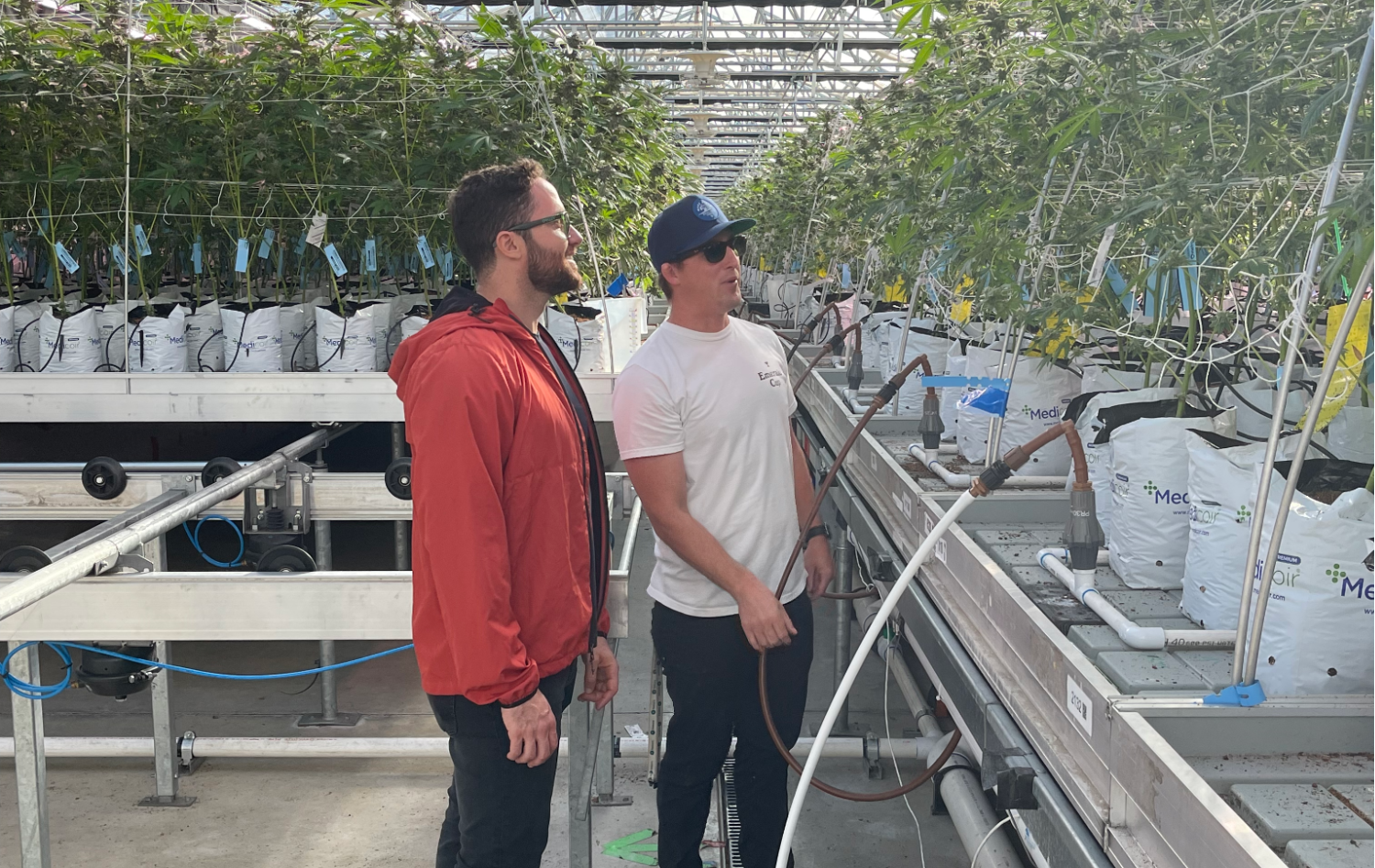
Top Irrigation Brands
TrolMaster, Dosatron, and HE Anderson are popular brands offering irrigation systems for cannabis cultivation. These companies have built a reputation for providing reliable, efficient, and high-quality irrigation solutions that cater to various growing needs.
TrolMaster is known for its comprehensive environmental control systems, including irrigation management solutions. Their Aqua-X Pro are popular sensors for marijuana growers, as it offers precise control over multiple aspects of the growing environment, such as nutrient delivery, pH levels, and irrigation scheduling.
Dosatron specializes in water-powered, non-electric dosing pumps that provide accurate nutrient delivery for cannabis cultivation. Their dosing pumps are known for their ease of use, accuracy, and reliability. By injecting nutrients directly into the water supply, Dosatron systems ensure a consistent and uniform distribution of nutrients to each plant. These systems are easily adjustable, allowing growers to fine-tune their nutrient delivery to match their plants’ specific needs.
HE Anderson is a respected manufacturer of fertilizer injection systems, providing precise and consistent nutrient delivery solutions for commercial growers. Their products include venturi injectors, motorized diaphragm pumps, and a variety of controllers to manage the irrigation process. HE Anderson systems are built with high-quality materials, ensuring durability and long-lasting performance.
Each of these irrigation systems offers unique features and advantages. When selecting an irrigation system, it’s essential to consider your specific growing needs, budget, and scale of your growing operation.
Conclusion
There’s no doubt that today, sensors and hardware play a critical role in commercial cannabis cultivation. With the help of sensor technology, growers are monitoring and adjusting environmental factors like temperature, humidity, carbon dioxide levels, and light levels. In return, they’re realizing more consistent and uniform growing conditions, higher yields, better quality, and reduced energy costs.
Looking towards the future, it’s clear that technology will continue to play a vital role in cannabis cultivation. As the industry grows and evolves, growers will need to adapt to stay competitive. Advancements in hardware and software will make it easier for growers to monitor and manage their operations. Automation and artificial intelligence will help to further optimize yields and reduce costs. With the right tools and technologies at their disposal, growers can continue to push the boundaries of what’s possible in the world of commercial cannabis cultivation.

